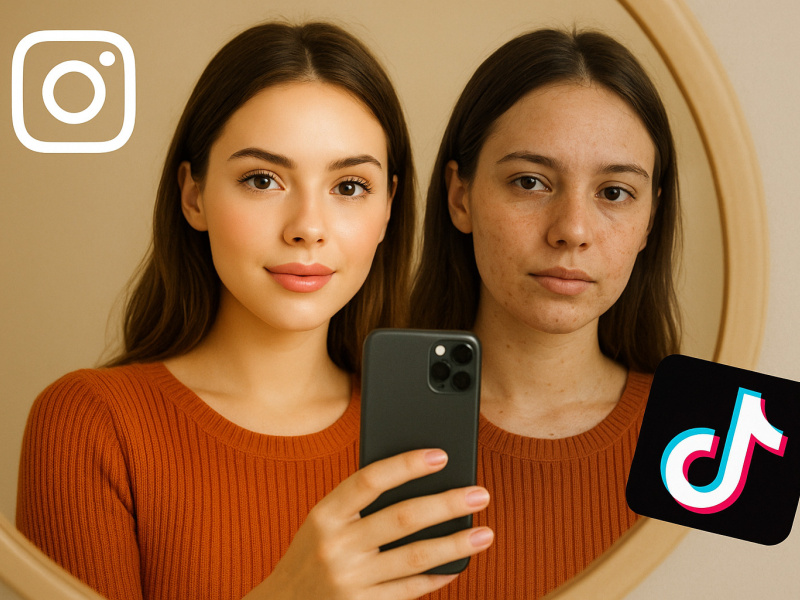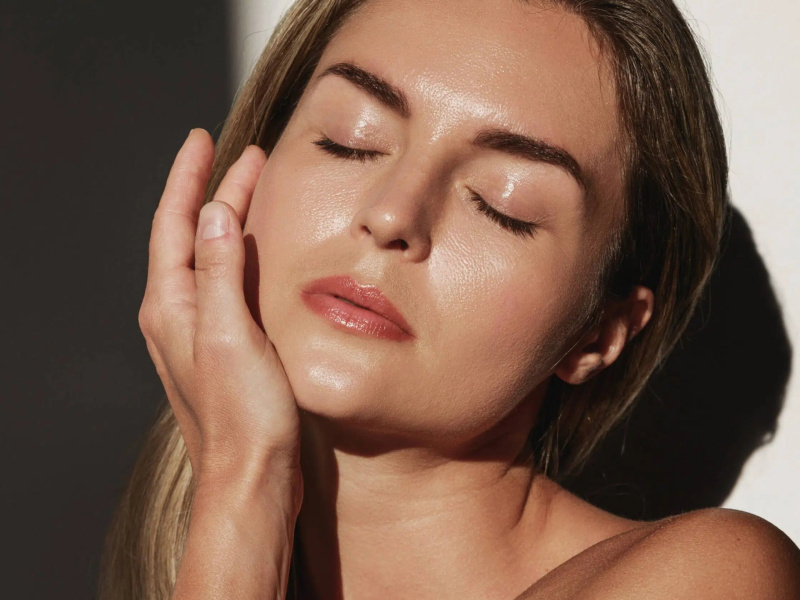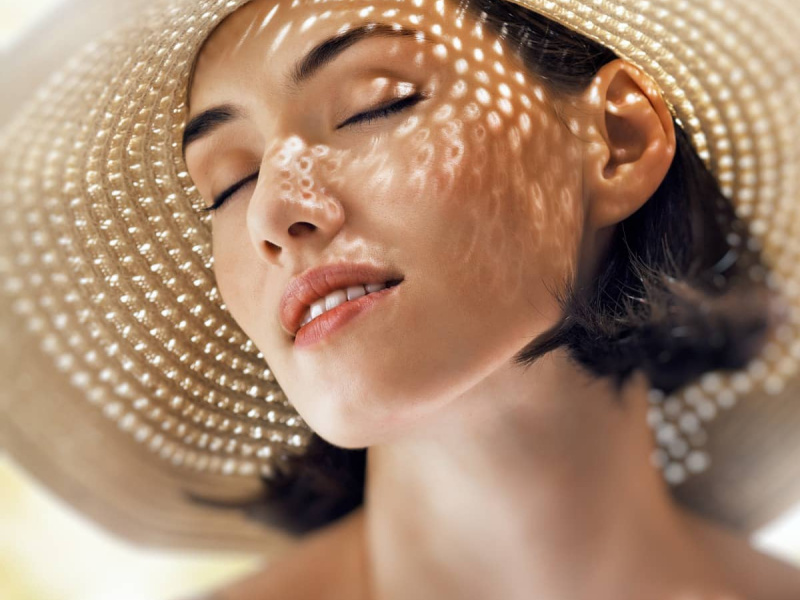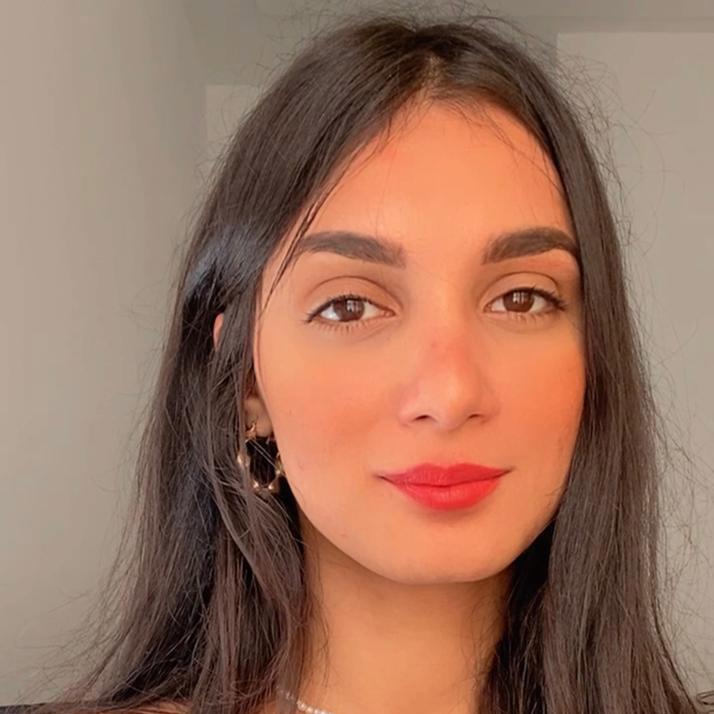Have you ever looked at yourself in the mirror and felt that your reflection doesn’t match the version of you online? Between filters, modified images, and TikTok trends, beauty is being reshaped every day, not only on screens, but also in our minds.
In this article, we explore how these digital standards influence our self-perception and fuel the growing demand for aesthetic transformations.
Filters: a new virtual skin?
With the rise of Snapchat and then TikTok, “beauty” filters have become part of our digital daily lives. Smoothed complexion, slimmed-down nose, doe eyes... In just a few seconds, the app gives us back an “idealized” version of ourselves.
But while these effects may seem fun or flattering at first, repeated use can insidiously blur our perception of reality. We become accustomed to this digital double, poreless skin, flawless features, until our natural reflection starts to feel disappointing.
This discrepancy between virtual and real appearance has a name: “Snapchat Dysmorphia.” This increasingly documented disorder is similar to a form of dysmorphophobia, in which the person develops an obsession with imaginary flaws, often fueled by the retouched image they project online.
What’s most concerning is how early this pressure begins. No longer limited to young adults, it now affects teenagers and even children, who are exposed to unrealistic standards at an age when identity is still forming. In this context, the line between wanting to “enhance” oneself and feeling the need to “correct” oneself grows thinner, sometimes leading people to consider cosmetic procedures to look like... their favorite filter.
TikTok trends: a unique model for unique faces
TikTok has become a veritable beauty laboratory. Every month, a new aesthetic trend explodes onto the scene:
- “Fox Eyes” (almond-shaped eyes stretched toward the temples).
- “Jawline Sharp” (prominent jawline).
- “Russian Lips” (full lips with defined contours).
- “Biche eyes,” “,” “Baby Botox”.
These viral models are no longer just filters: they are becoming real demands in cosmetic medicine.
Professionals in Turkey are seeing an increase in consultations motivated not by personal complexes, but by the desire to look like a TikTok version of oneself or an influencer. Today, we talk about “tele-aesthetics,” a social pressure dictated by social media, amplified by likes and algorithms.
When comparison becomes toxic: the weight of likes
“I find myself bland without filters”; “I wish my face looked like my TikTok selfies”; “I don't post without editing anymore.”
These words have become commonplace, especially among teenagers and young adults. Beauty is no longer just a matter of personal well-being; it is measured in likes, shares, and comments. This pressure can lead to:
- A loss of self-confidence.
- Body image issues.
- An addiction to filters and editing apps.
- Impulsive aesthetic decisions.
According to several psychologists in Turkey, this gap between virtual image and reality can cause psychological distress comparable to that seen in eating disorders.
Long considered a female issue, aesthetic pressure no longer spares men. On TikTok, many trends known as “masculinization of the face” (more pronounced chin, square jaw, defined eyebrows) are becoming the norm. Young men are increasingly considering hyaluronic acid injections, facial implants, or cosmetic procedures at an earlier age in order to conform to the standards that have gone viral on social media.
The best that real life has to offer
Fortunately, it is possible to regain confidence without having to look like a filter. In a world saturated with digital standards, aesthetics can once again become an act of reconciliation with oneself rather than a race for perfection.
Benevolent aesthetics does not seek to transform you into a carbon copy of an influencer, but to help you feel aligned with the image you see in the mirror. This often involves:
- A personalized diagnosis.
- A comprehensive and harmonious view of the face.
- Respect for your identity and natural expressions.
Platforms such as Turquie Santé encourage this ethical approach. They guide patients to specialists who take the time to listen, advise, and above all, tailor the approach to each face and each personality.
What TikTok doesn't show: the reality of cosmetic procedures
Social media, especially TikTok, often shows only one thing: the final result, perfectly staged, lit, and filtered. But behind these viral videos lies a very different reality: that of a personalized medical journey, where every detail counts.
Because in aesthetics, there is no one-size-fits-all solution:
- Every face is unique, with its own morphology.
- A well-thought-out treatment requires analysis, time, and sometimes several steps.
- Expectations must be realistic, far from the instant promises of filters.
Here are a few procedures that are currently very popular, particularly under the influence of TikTok trends:
- Lip Lift: for a subtly reshaped mouth, without an artificial puffy effect.
- Jawline Contouring: defined but natural jaw contours, without overcorrection.
- Ultrasonic rhinoplasty: a gentle technique that refines the nose without breaking bones.
- Temporal lift or “Fox Eyes”: to enhance the eyes without freezing the expression.













